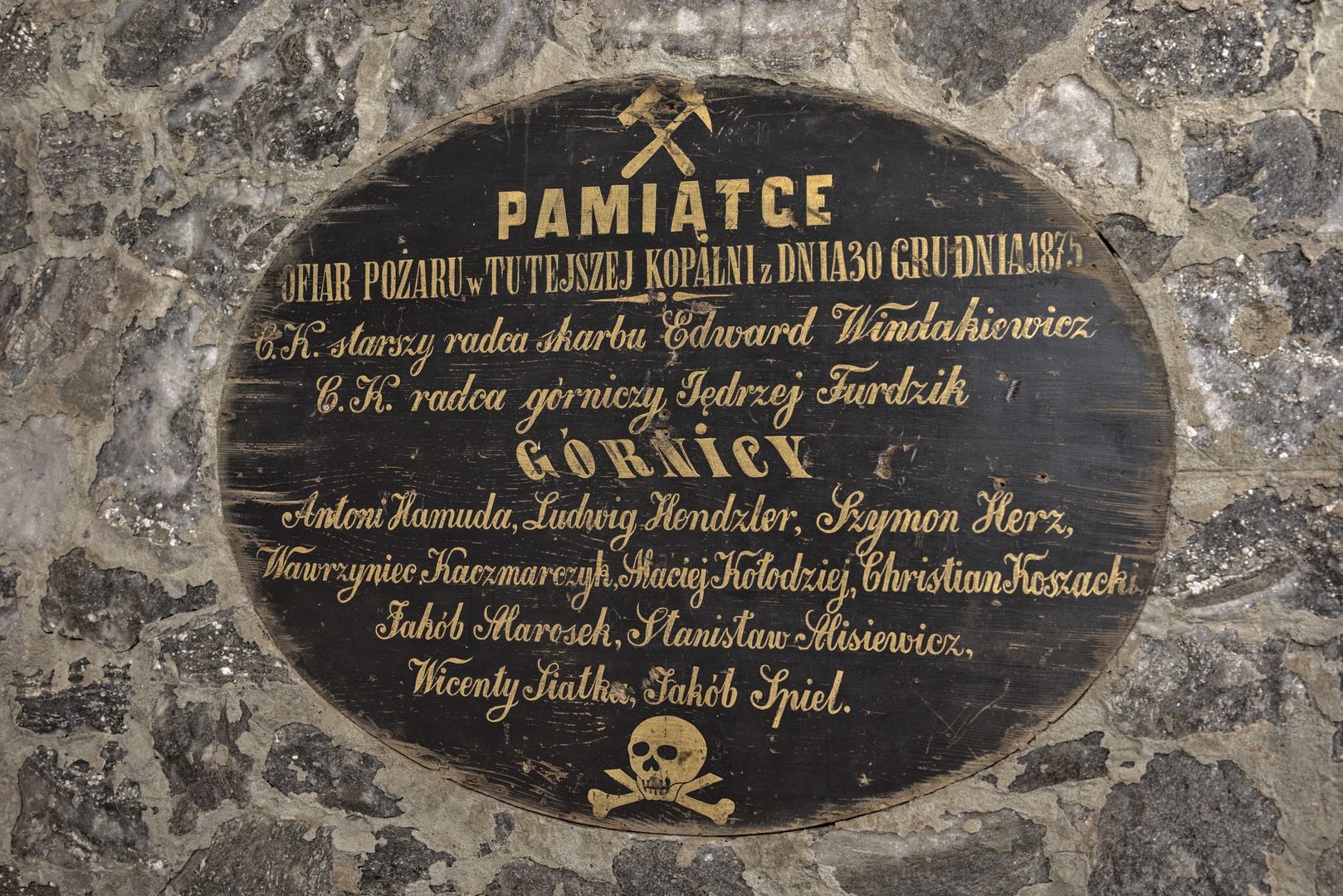Bochnia Salt Mine
6.89

Overview
The Bochnia Salt Mine, the oldest in Poland, boasts a rich history dating back to the Neolithic period, when boiled salt was obtained in the area around Bochnia. In 1248, deposits of rock salt were discovered, and formal extraction began in 1251. The mine became a royal enterprise, generating significant revenue, and in the 14th century, it was regulated by the statute of Casimir the Great. In the 16th century, it employed about 500 miners. Salt was initially extracted using primitive tools, but ventilation problems necessitated the construction of more advanced systems, which enabled the expansion of mining operations. In the 17th century, due to wars, the mine began to decline in importance. After the partitions of Poland, the Austrian administration introduced modernizations, especially in ventilation. After regaining independence, the mine lost its significance to richer deposits in northern Poland. In 1990, mining was discontinued due to unprofitability, and the facility was transformed into a tourist attraction. In 2000, the mine was inscribed on the list of Historic Monuments, and in 2013, it was added to the UNESCO World Heritage List. Today, the mine offers a variety of tourist routes, including boat rides and visits to the Chapel of St. Kinga, known for its unique underground church. An interesting feature is the operational underground railway, as well as the Ważyn Chamber, which hosts various events, including sports tournaments. Historical tools and equipment have been preserved in Bochnia to this day, highlighting the mine's importance to the region. The mine no longer extracts table salt but is involved in the production of bath salts. It is worth noting that serious accidents and fires occurred in the mine's history, which influenced work organization and the development of safety regulations. The architectural aspects of the mine, such as its complex structure of excavations and original fittings, attract tourists and constitute an important element of cultural heritage.
Location
2025 Wizytor | All Rights Reserved